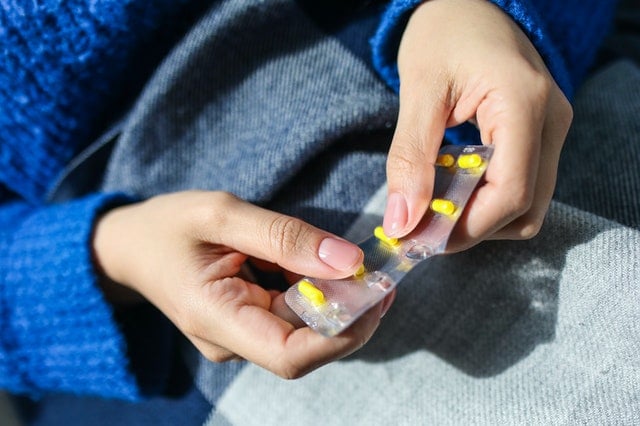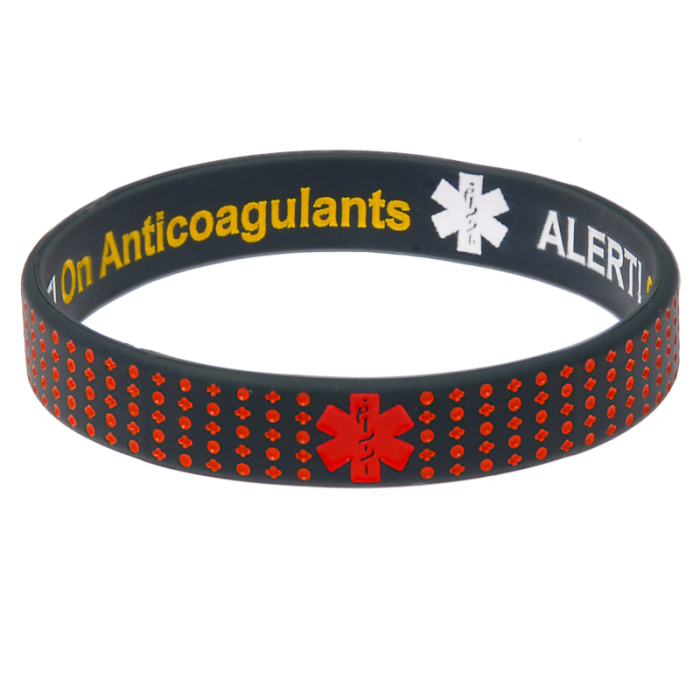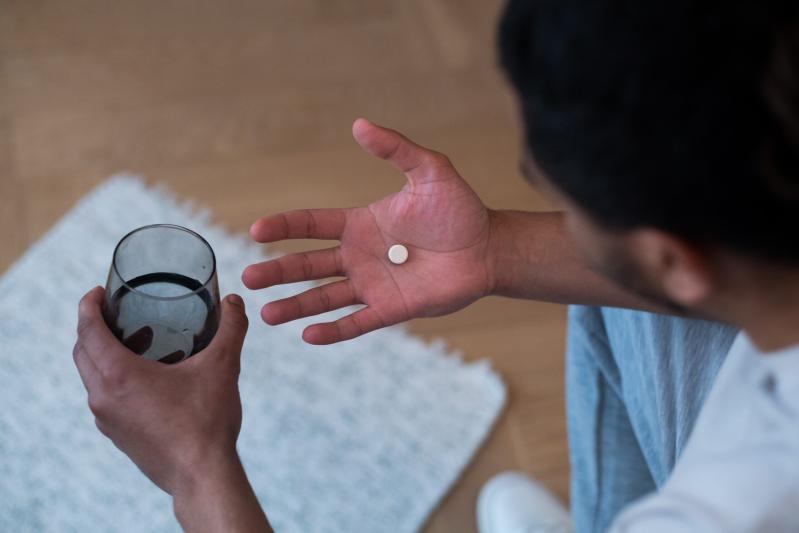New to blood thinners? What you need to know
If your doctor has recently prescribed you blood thinners, you are sure to have many questions.

In this article, we’re going to take you through the essentials, explaining blood thinners medication, possible side effects and what you can do to keep safe.
The more you understand about blood thinners, the more empowered you will feel about your own health and wellbeing. So read on to find out what you need to know about this group of medicines.
What are blood thinners and why are they prescribed?
Blood clotting is a natural process that helps stop bleeding when you cut yourself. However, your doctor may need to give you medication to prevent blood clots for health reasons.
This is because these clots can stop blood from flowing to your organs or tissues and lead to serious health issues such as stroke, heart attack or deep vein thrombosis (DVT).
You may have been prescribed blood thinners because:
- You have previously had a blood clot.
- You are at increased risk of having a stroke.
- You are at increased risk of having a heart attack.
- You are living with the autoimmune disease lupus.
- You have atrial fibrillation. This is an irregular heartbeat that can cause blood to remain in the heart where blood clots may form.
- You have an artificial heart valve.
- You are overweight.
This list isn’t exhaustive as there are many reasons why people may be prescribed blood thinners. This may be for a short time only or over the long term.
How do blood thinners work?
There are two main groups of blood thinners: antiplatelet and anticoagulant blood thinners.
Antiplatelet blood thinners such as Aspirin and Clopidogrel work by thinning the blood to stop its cells from clumping together in the arteries and veins.
Anticoagulant blood thinners stop clots by increasing the time it takes for them to form. Examples include Enoxaparin, Warfarin and Heparin.
Blood thinner side effects
The most common side effect of blood thinners medication is excessive bleeding. If this happens to you, you may notice that you have:
- Heavier periods than normal
- Blood in your urine or faeces
- Bleeding gums
- Nosebleeds
- Excessive bleeding when you cut yourself
You may also experience side effects such as:
- Hair loss
- Rashes
- Dizziness
- Weakness
Blood thinners and safety
To keep you safe, your doctor will regularly monitor the dose of blood thinners you receive. You may have to go for regular blood tests to measure your international normalised ratio (INR). This is the rate at which your blood clots.
You must take blood thinners exactly as they have prescribed. If you take too much medication, you run the risk of excessive bleeding. And if you don’t take enough, it may not be effective at preventing clots.
You may also be advised to avoid contact sports or high-risk activities where you may cut yourself.
It’s important that you mention that you are on blood thinners medication when you visit your dentist or see a healthcare professional who isn’t your usual doctor.
You should also know that some medications may increase your risk of bleeding or stop anticoagulants from working effectively. Discuss this with your doctor or pharmacist if you are thinking about taking new drugs. You should also seek advice if you are planning on taking herbal supplements or tea.
Vitamin K can also reduce the efficacy of anticoagulants, so avoid eating foods that are higher in this vitamin. These include, but are not limited to:
- Asparagus
- Kale
- Lettuce
- Cabbage
- Endive
- Broccoli
Some other foods are natural anticoagulants, so you will need to check with your doctor before including them in your diet. These include garlic, ginger, spinach, tomatoes, peanut butter and sunflower seeds. Again, this list is not exhaustive, so have a chat with your doctor about your overall diet and whether it’s compatible with taking blood thinners medication.
What else can I do to keep myself safe when taking blood thinners?
Many people who take blood thinners medication like to wear a medic alert bracelet customised with the name or type of the drugs they are taking. This is vital information in an emergency when you may not be able to communicate it yourself.

You can choose a comfortable and hard-wearing silicone “On Anticoagulants” bracelet or opt for a customisable wristband that allows you to add specific information such as the name of your blood thinner, dosage and contact details.
There’s also the option of a blank surgical steel bracelet for a stylish twist on your regular wristband!
For medical ID bracelets, look this way!
Taking blood thinners doesn’t have to be a challenge to your safety. As long as you understand the risk and take sensible precautions, taking this medication will mean that you can live a healthier life.
For your own peace of mind, choose a medical ID bracelet stating that you are using blood thinner medication. It will help you adjust to your new regime and give you the confidence to engage with your everyday activities as usual.
Check out the complete Mediband collection to find the medical alert wristband for you and get on with living your best life!


1 Comment